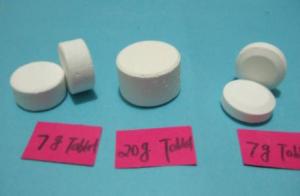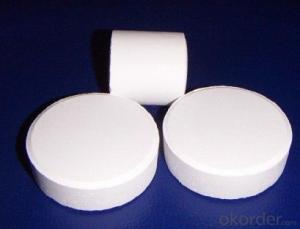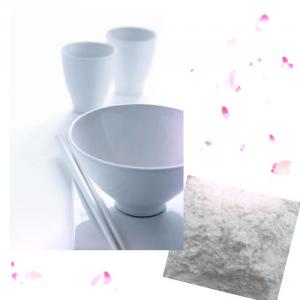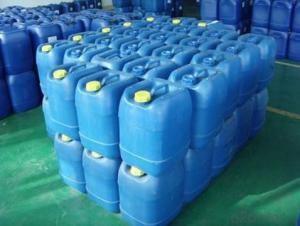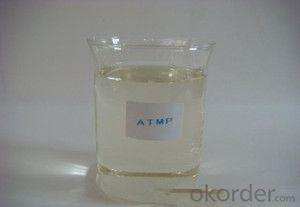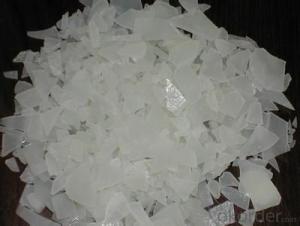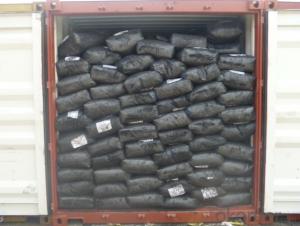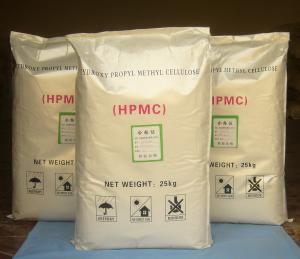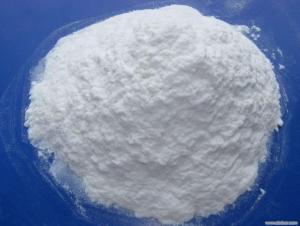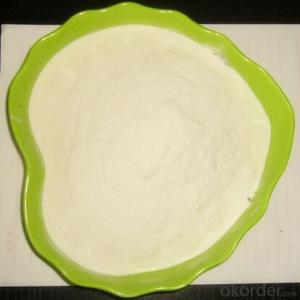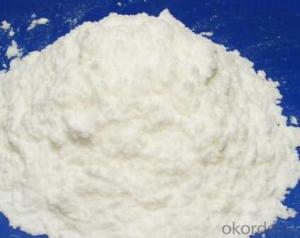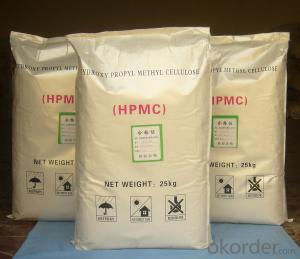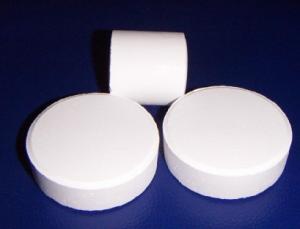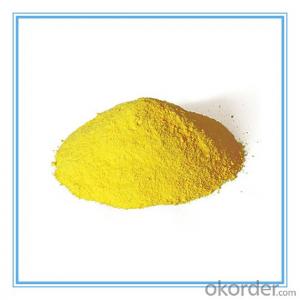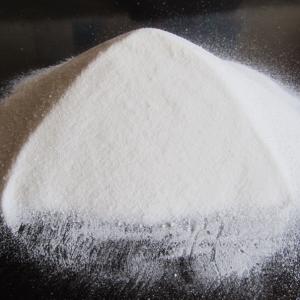Hydroxy Propyl Methyl Cellulose/ HPMC from CNBM
- Loading Port:
- Tianjin
- Payment Terms:
- TT OR LC
- Min Order Qty:
- 5000 kg
- Supply Capability:
- 5000000 kg/month
OKorder Service Pledge
OKorder Financial Service
You Might Also Like
Building Construction Hydroxypropyl Methyl Cellulose (HPMC)
Brief introduction:
Hydroxypropyl Methyl Cellulose (HPMC) helps building materials apply more easily and perform better. They provide water retention and cohesiveness to mixtures. With special modification, it can be used to control thickening, water demand, workability, sag resistance, strength and other important properties of the final product.
It is widely used as thickener, adhesive, water preserving agent, film-foaming agent in building materials, industrial coatings, synthetic resin, ceramic industry, medicine, food, textile, agricultural, cosmetic and other industries.
Physical and chemical index:
Item | Specification |
CAS NO. | 9004-65-3 |
Appearance | white or light yellow powder |
Moisture Content | ≤5.0% |
PH | 4.0-8.0 |
Particle Size | min. 98% pass through 100 mesh |
Viscosity | 100cps-200000cps, 2% solution |
Application in Building:
External wall insulation system (EIFS)
>Bond strength: HPMC can provide the greatest degree of high adhesive bond strength of mortar.
>Performance: The mortar added HPMC has the right consistency, non-sagging. When using, the mortar is easy to work continuously, uninterrupted.
>Water retention: HPMC can wet the wall insulation easily, easy to paste, and also make other additional materials reach the best affects.
>Absorbent: HPMC can minimize the air-entraining volume, lower water absorption of mortar.
>Recommended brand: 75CMAX75000(S), 75CMAX100000(S), 75CMAX200000(S)
Interior and exterior wall interface agent
>Easy to mix, without of agglomeration: HPMC can significantly reduce the friction in the dry powder during the process of mixing with water, which makes it easy to mix and save the blending time.
>Water retention: HPMC can significantly reduce the moisture absorption by the wall. Good water retention can ensure the cement compound with a longer time, also can ensure that workers are able to carry out many times of scraping for the putty on the wall.
>Good working performance stability: even in high temperature environment, HPMC can still maintain good water retention. it is suitable for construction in the summer or hot areas.
>Increased water demand: HPMC can significantly improve the water demand of the putty materials. On the one hand, it improves the operational time after putty put on the wall, on the other hand, it can increase the coating are of the putty, which can make the formula more economical.
>Recommended brand: 75CMAX60000(S), 75CMAX75000(S)
Tile adhesive
>Water retention: HPMC can reduce the moisture absorbed by the substrate and the tile, retain the moisture in the adhesives as much as possible, making mortar still have adhesion after coating for a long time. Significantly extend open time and makes bigger coating area for the worker each time, and improve the efficiency.
>Improve bond strength, improve anti-slip performance: HPMC ensure non sagging of the tiles during working, especially for heavy tile, marble and other stone materials.
>Work performance: The lubricity of HPMC can increase the workability of the mortar significantly, which makes the mortar easy to coating and improve efficiency.
>Improve mortar wetting property: HPMC give mortar consistency, enhance the wetting ability of mortar and substrate, increase the binding strength of wet mortar, especially for the recipe with high water cement ration;
>Recommended brand: 75CMAX40000(S), 75CMAX75000(S), 75CMAX100000(S)
Crack Filler
>Workability: provide the right viscosity, plasticity, and easy to work;
>Water retention: can make the slurry fully hydrated, extending the working time and avoid cracking.
>Anti-hanging: HPMC can make a strong adhesion on the surface for the slurry and not sag;
>Recommended brand: 75CMAX40000(S), 75CMAX75000(S), 75CMAX100000(S)
Self-leveling mortar
>Prevent bleeding: HPMC can play a very good role to prevent the slurry sedimentation, bleeding.
>Maintain liquidity, and improve retention: low viscosity HPMC will not affect the slurry flow effect and easy to work. While possesses certain water retention, makes the good surface effect after self-levelling and avoid cracks.
>Recommended brand: 75CMAX400~600
Gypsum-based plaster
>Water retention: HPMC can retain moisture in the mortar, thus make gypsum completely solid. The higher the viscosity is, the stronger the water-retention capacity, vice versa..
>Sag resistance: allow the worker make the thick coating without causing ripple building.
>Mortar yield: For fixed weight of dry mortar, the exist of HPMC can provide more wet mortar.
>Recommended brand: 75CMAX75000(S), 75CMAX100000(S)

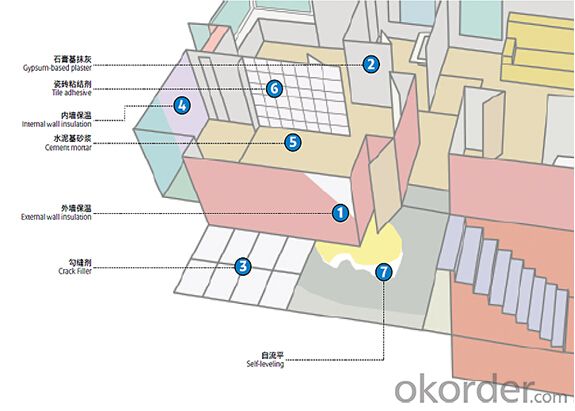
FAQ
Q1.Could we have the sample to test the quality?
Kindly send us your address, we are honored to offer you samples.
Q2. How does your company do regarding quality control?
CNBM a Chinese state-owned enterprise ranked 270th among the global fortune 500 in 2015,
have accreditation in line with standard:ISO 9001:2000,SGS,CIQ certificate.
Q3:What's your Delivery Time?
In generally, the delivery time is 25 days-30 days.We will make the delivery as soon as possible with the guaranted quality.
Q4:What is the convenient way to pay?
L/C , T/T ,Paypal, Western Union and Escrow are accepted,and if you have a better idea , please feel free to share with us .
Q5:Which mode of transport would be better?
In general,we advice to make delivery by sea which is cheap and safe.Also we respect your views of other transportation as well.
- Q: A biological catalyst or a chemical reaction facilitator is know as a/an?
- I was always taught that it was something best learned by putting forth a bit of effort, reading a bit and embedding the info in your brain so you will remember it always. Just me I guess.
- Q: Is the catalyst considered a chemical reaction?
- The catalyst is involved in the reaction, but in the reaction process is a step in the effect of its shape has not changed, so that did not participate in the reaction.The role of the catalyst is to reduce the activation energy of the reaction, the original one reaction into two or Multiple reactions, each sub-reaction of the activation energy is very low, the reaction is very good, the effect is the total reaction faster. Hope to adopt
- Q: why is palladium/platinum a good catalyst?
- Palladium and platinum are good catalysts because they _adsorb_ certain molecules, especially gases. Adsorption is NOT the same as _absorption_. Adsorption is a process by which a chemical (gases or liquid) physically becomes attached to the _surface_ of an adsorbate (a solid). Once gas molecules are adsorbed on the surface of a catalyst, they are much nearer each other and more likely to react. Absorption is a process by which a gas or liquid is incorporated throughout the volume of an absorbate (a solid), rather than just on the surface. The fact the palladium happens to _absorb_ hydrogen molecules well probably has little to do with its function as a catalyst and is probably just a coincidence. In fact, two of the main reactions in a catalytic converter don't involve molecules with hydrogen atoms at all. On the other hand, WHY platinum and palladium are good catalysts are a mystery. Presumably, they are good at enhancing the Van der Waals forces that cause adsorption with other molecules, but WHY the platinum family of metals do this better than other metals is not fully understood (I don't think).
- Q: Is the reaction of the exhaust purification of cars (carbon monoxide and nitrogen
- NO + 2CO = 2CO2 + N2 reaction is exothermic. Conditional catalyst
- Q: Also, how is the catalyst affected by heat? Please answer all of the questions not just one of the three. THANK YOU!
- It denatures the catalyst because the rise in pH or amount of H3O+ ions. Temperature will also denature the catalyst if it's out of its optimum range.
- Q: Why the catalyst is required to have a large surface area and a rich pore structure
- In order to speed up the absorption, speed up the reaction rate
- Q: Could God be Discribed as a Catalyst?
- On reflection, I would say no, God can't be described as a catalyst. That would be like calling a farmer who fertilizes his crop a catalyst; whereas it's the fertilizer that is the catalyst. Or it would be like a scientist in a lab adding an enzyme to something to speed a process; and then having us label the scientist as the catalyst. So in the same way, God doesn't seem to be the actual catalyst; maybe the spirit is the catalyst....
- Q: Junior high school chemistry - chemical reaction before and after the quality and chemical properties of the material must be the catalyst?
- It is not always possible that the equivalent reaction, i.e. one or more of the reactants, is the same as the relative atomic mass of one or more of the products and the coefficients in the chemical equation are the same
- Q: Hydrogen and nitrogen in the high temperature and pressure and catalyst conditions for the synthesis of ammonia chemical equation
- 3H2 + N2 catalyst iron ---> 2NH3 conditions high temperature and high pressure
- Q: The catalyst can change the chemical reaction process, why is it wrong?
- Can not change the chemical reaction process, just change the reaction rate only
Send your message to us
Hydroxy Propyl Methyl Cellulose/ HPMC from CNBM
- Loading Port:
- Tianjin
- Payment Terms:
- TT OR LC
- Min Order Qty:
- 5000 kg
- Supply Capability:
- 5000000 kg/month
OKorder Service Pledge
OKorder Financial Service
Similar products
Hot products
Hot Searches
Related keywords





